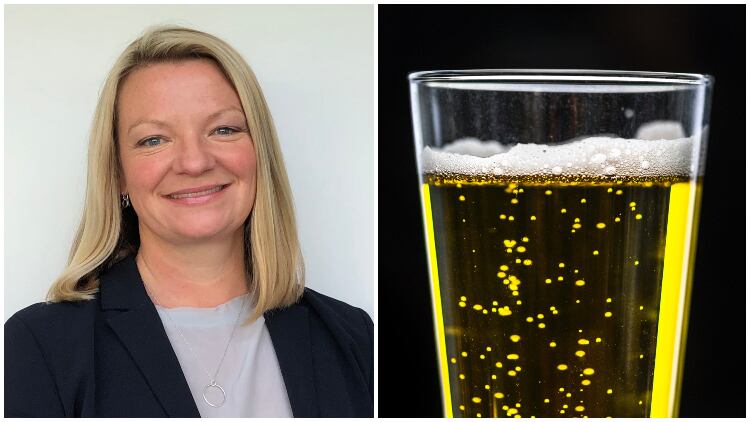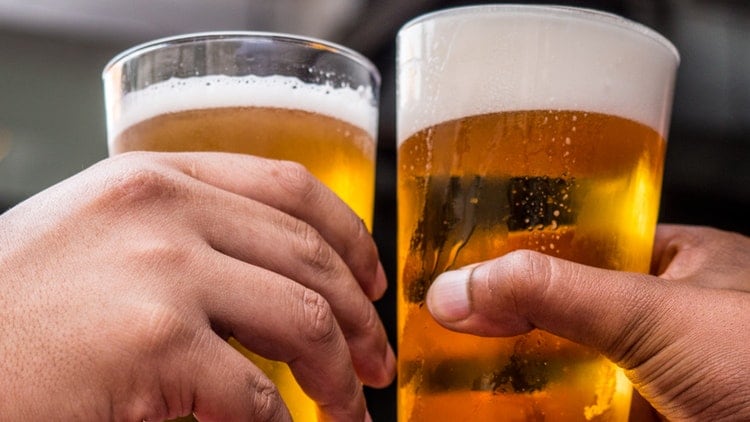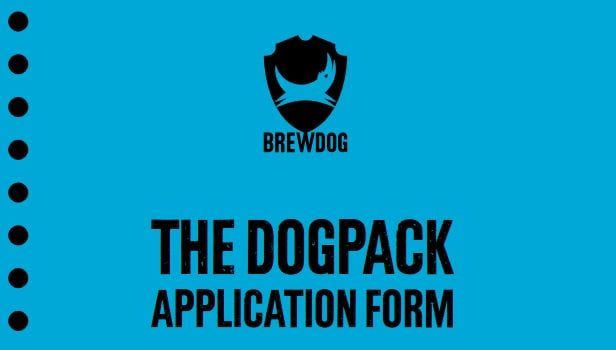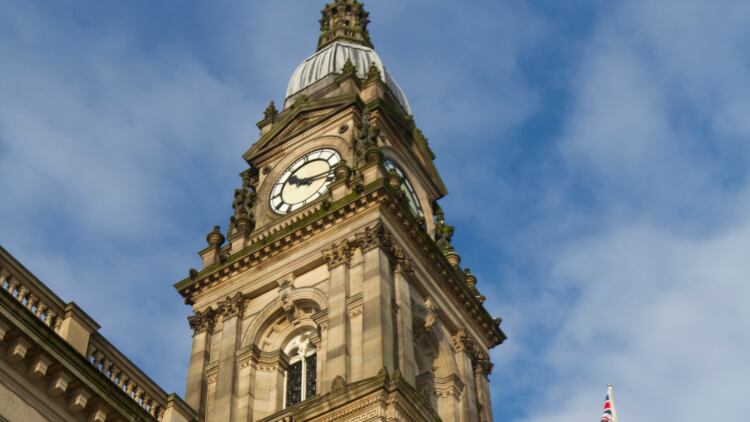After the release of Marston’s On-Trade Beer Report 2019-2020, Fleming explained the lager category had been driven by three key trends in the past 12 months.
“Ultimately, it’s quite a slow-moving sector,” she explained, “but some of the bigger things we’ve been noticing are things like the continuing shift towards premiumisation, particularly within lager – the growth of world beers there.
“Also, we’ve seen the continued growth of craft and continued movement of craft from niche into the more mainstream with consumers seeking out bolder flavours.
“Another big change, which is much newer, is the growth of low-and-no alcohol – the number of new product launches last year in the low-and-no sector has been pretty staggering. Although it’s still only a small part of beer sales, it’s seeing really strong growth.”
Consumers driving changes
Discussing the gravitation towards premium and craft products in the lager sector, Fleming explained that drinkers, rather than beer brands, were the driving force.
“Consumers are perhaps drinking less but looking for better quality and want to enhance their experience when they do have a drink with something that’s higher quality or has more depth of flavour,” she said, highlighting international products as a growth area.
“In terms of lager, we’re seeing a decline in the more classic ales and growth within premium mainstream and within world beers and discovery – growth in more specialist-type areas, a massive growth in Mediterranean lagers driven by consumers drinking less, but better.
“The other thing is this desire for something a little bit different, which is what craft is providing – slightly stronger flavour profiles.”
How brand loyal are lager drinkers?
“From the research for the beer report, we were looking at the differences between ale and lager drinkers and we’ve realised that there are quite significant differences in terms of how brand loyal they are,” Fleming explained.
“Of lager drinkers, 41% prefer to stick to favourite brands, whereas ale drinkers are a lot more experimental, they will try different brands of ale but are more experimental within other categories as well.”
This echoes the thoughts of Watneys beer company’s Nick Whitehurst, who believes that beer drinkers generally pick from a small portfolio of preferred brands on each trip to the bar.
“A lager drinker will almost always drink lager – they might experiment a little bit within brands and switch between a standard and a premium lager – but 50% of ale drinkers like to expand, see what’s new and understand a bit more about the beer they’re drinking.”
Generating loyalty
According to Fleming, unique, premium experiences are a key part of driving brand loyalty among lager drinkers, while well-backed brewers are also making headway on this front among mainstream drinkers.
“It could be that it’s a unique story to tell – like being brewed in Barcelona. Consumers are seeking out something a bit different and unique. I don’t have a silver bullet on how to succeed in lager.
“What we’re seeing is that those that are being successful either have the backing of a big organisation or maybe they’ve just got something unique, interesting and a good story to tell.
“It’s about appealing to consumers on the right basis, and the desire for a greater experience is something we’re seeing a lot more. We talk a lot in the report about premiumisation and experience, a lot of these macro consumer trends that are driving everything. It could be around the health agenda as well.”
Promoting cask to younger drinkers
Ale drinkers versus lager drinkers
According to Marston’s On-Trade Beer Report 2019-2020:
- Ale drinkers are generally older, with 49% of drinkers aged 50-plus compared to 34% of lager drinkers
- 87% of ale drinkers are male versus 77% of lager consumers
- Ale drinkers are more experimental; more than half (57%) of ale drinkers claim to regularly try new brands compared to just over a third (36%) of lager drinkers
- 72% of ale drinkers also drink ale at home compared to 54% of lager drinkers
- Just under a quarter (23%) of ale drinkers prefer to stick to favourite types of ale in contrast to 41% of lager drinkers, who stick with favourite brands.
According to Fleming, while cask products can struggle to reach younger drinkers as a result of their typically more traditional branding, Marston’s is using new product innovation to introduce the next generation of drinkers to the category.
“One of the things we’ve been trying to do is to recruit drinkers into craft ale with things like the launch of Wainwright Altitude which is chilled – kept in the traditional way – but it's still alive, fresh beer but appeals to consumers who are either switching out of ale when it gets hot in the summer months or those who might normally drink a lager or a keg ale.
“That is a way of seeking to recruit a younger drinker but also through more contemporary styles of cask ale is a way we’ve seen younger drinkers coming into the category – more golden ales and some pale ales, which are increasingly popular.
“It has a loyal following and they do tend to be older but we’re always looking for ways to drive the total category.”




